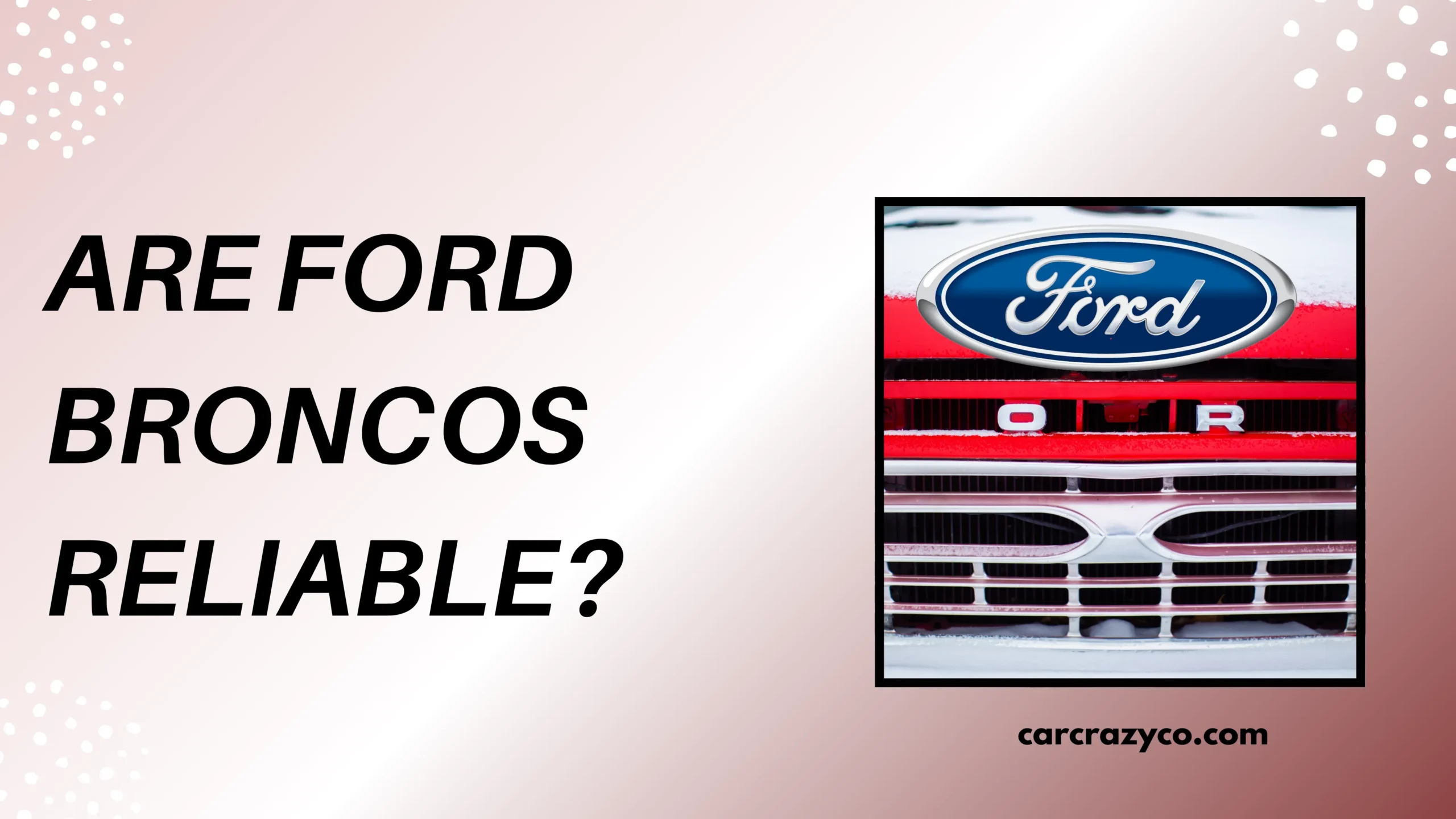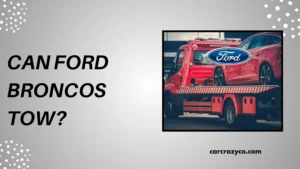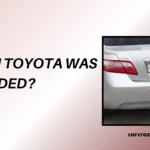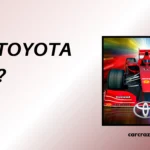The Ford Bronco isn’t just an SUV—it’s an icon reborn. After decades of anticipation, it returned with bold style, off-road capability, and a promise of rugged adventure.
But beyond the tough looks and trail performance lies a more practical question—can you count on it every day? Reliability isn’t flashy, but it’s what matters most when the adventure ends and the warranty runs out.
If you’re thinking about buying a Bronco or already own one, this deep dive into its reliability, common issues, performance, and ownership costs will help you make a smarter, more confident decision.
Contents
- 1 How Reliable Is the Ford Bronco?
- 2 Conclusion:
- 3 FAQs:
- 3.1 1. Are Ford Broncos good for long-term ownership?
- 3.2 2. What’s the most reliable year for the new Ford Bronco?
- 3.3 3. Does the Bronco require special maintenance?
- 3.4 4. What’s the worst reliability issue with the Ford Bronco?
- 3.5 5. How does the Bronco compare to the Jeep Wrangler?
- 3.6 6. Is the Ford Bronco expensive to insure?
- 3.7
How Reliable Is the Ford Bronco?
1. Overall Reliability Ratings
The Ford Bronco (2021–2024) has received average to slightly below-average ratings from major outlets like Consumer Reports and J.D. Power. The vehicle earned praise for design and off-road performance but lost points for build quality and initial mechanical issues.
The first model year (2021) had more recalls than average, including problems with detachable roof panels, exterior body parts, and safety electronics. Newer models, especially 2023–2024, have seen significant improvement due to customer feedback and refinements in production.
Ford has shown a commitment to improving the Bronco, with continuous updates, extended warranties, and improved customer support for early adopters who faced glitches.
2. Engine and Drivetrain Durability
Buyers can choose between a 2.3L turbocharged 4-cylinder, a 2.7L twin-turbo V6, and now a 3.0L V6 in the Bronco Raptor. These engines are powerful, with excellent torque output, but some came with early durability concerns.
The 2.7L EcoBoost V6 in particular had a widely reported issue with premature valve failures in 2021 units. This led to engine replacements, which were covered under warranty but rattled early confidence.
Ford addressed the issue through design changes and service bulletins in 2022, and newer engines have seen fewer mechanical complaints, suggesting the problem is largely resolved.
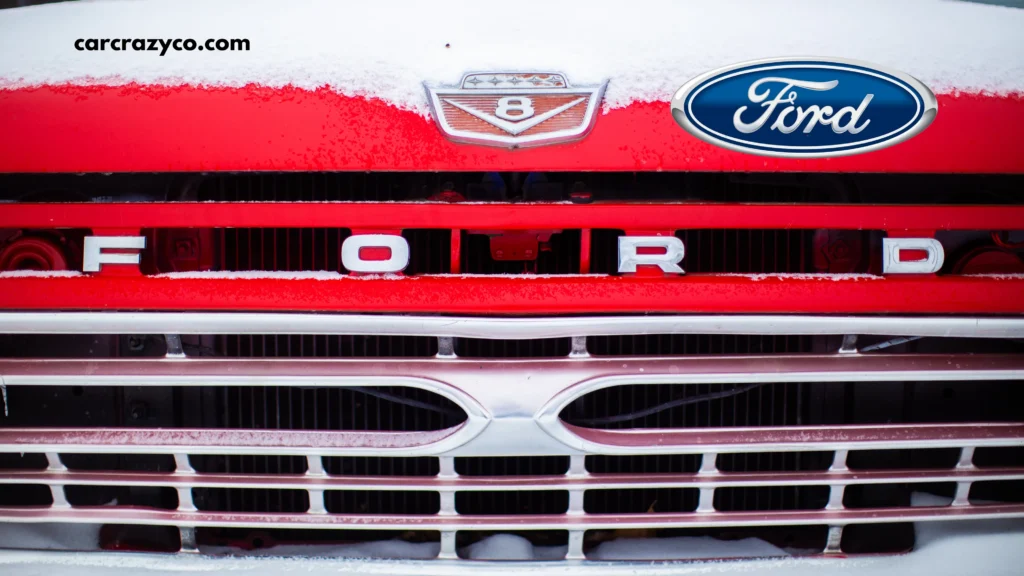
3. Off-Road Reliability and Component Strength
The Bronco is built with true off-roaders in mind. Its body-on-frame chassis, Dana 44 axles, electronic locking differentials, and 7 G.O.A.T. (Go Over Any Terrain) drive modes make it a beast on dirt, snow, and rock.
Most owners praise its ability to handle intense terrain without serious problems. Skid plates, water-fording design, and off-road suspension add confidence for long-distance exploration.
Still, parts like the front sway bar disconnect system, driveshaft, and suspension bushings may require replacement faster under aggressive trail conditions. But these aren’t unusual for vehicles designed to be driven hard.
4. Electronics and Interior Tech Performance
Broncos feature Ford’s latest SYNC 4 infotainment, with a 12-inch touchscreen, Apple CarPlay, Android Auto, and voice commands. While praised for intuitiveness, early software had freezing, audio dropout, and Bluetooth issues.
Owners also experienced problems with digital gauge clusters, rearview cameras, and adaptive cruise control systems during early releases. Ford has issued software updates and patches to improve performance and fix bugs.
Newer versions have shown better results in user satisfaction surveys, though the Bronco still lags behind competitors like Toyota and Honda in electronic reliability.
5. Maintenance, Repair Costs, and Long-Term Ownership
Maintenance costs for the Bronco average between $600 and $750 per year, depending on driving habits and model. Items like turbochargers, off-road tires, and 4×4 components increase costs over typical sedans.
Early adopters reported needing warranty repairs for things like water leaks, roof rattles, and window motor issues, but these are becoming less common in newer builds. Ford’s 3-year/36,000-mile bumper-to-bumper and 5-year/60,000-mile powertrain warranties offer a good safety net.
For long-term ownership, the Bronco’s value holds up fairly well, especially among enthusiasts and those who prioritize adventure-ready capability over luxury. However, fuel economy (17–20 mpg) may be a downside for some owners.
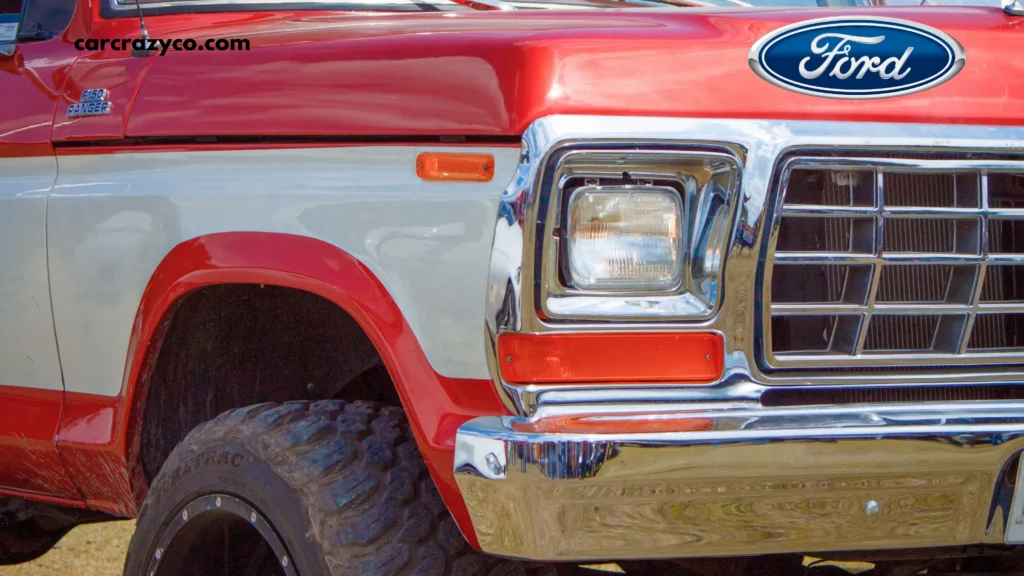
Conclusion:
The Ford Bronco is more than just a cool-looking SUV—it’s a return to bold, capable driving. If you’re looking for a reliable daily driver with solid off-road DNA, the Bronco can be a strong contender.
Early models had growing pains, especially the 2021 edition, but Ford responded with recalls, updates, and redesign tweaks. 2023 and newer Broncos are seeing better dependability and higher owner satisfaction.
So, is the Ford Bronco reliable? Yes—if you buy the right model year and are prepared for higher maintenance costs compared to a sedan. For outdoor lovers, it’s a machine that will go the distance, on and off the pavement.
FAQs:
1. Are Ford Broncos good for long-term ownership?
Yes, especially newer models. They offer tough engines, robust frames, and strong aftermarket support for longevity.
2. What’s the most reliable year for the new Ford Bronco?
So far, 2023 and 2024 models have had the fewest complaints and are considered the most refined.
3. Does the Bronco require special maintenance?
It requires regular oil changes, tire rotations, and care for off-road components like differentials and sway bars.
4. What’s the worst reliability issue with the Ford Bronco?
The 2.7L V6 valve issue in 2021 models is the most serious known problem but has since been addressed by Ford.
5. How does the Bronco compare to the Jeep Wrangler?
The Bronco is considered more refined on-road with better tech, while the Wrangler may have slightly higher off-road reliability.
6. Is the Ford Bronco expensive to insure?
Yes, insurance rates are above average, due to its off-road focus, repair costs, and high theft appeal.

